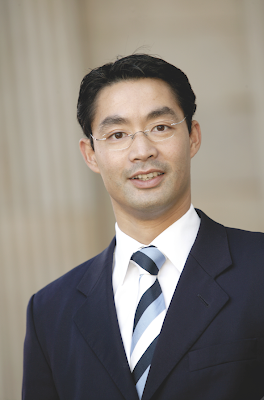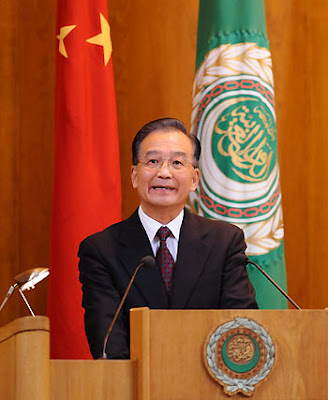Table of Contents
Basic Information and National Map
History
National Officials
Parliament - Assembly of the Union
Union of Myanmar Armed Forces (UMAF)
UMAF Organizational Structure
If you have any suggestions/criticism for my factbook, please send me a telegram instead of posting on this thread.
If you think this has even a close resemblance to the real-world situation of Myanmar, you must know nothing about my home country.





































